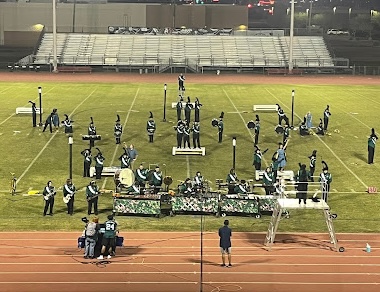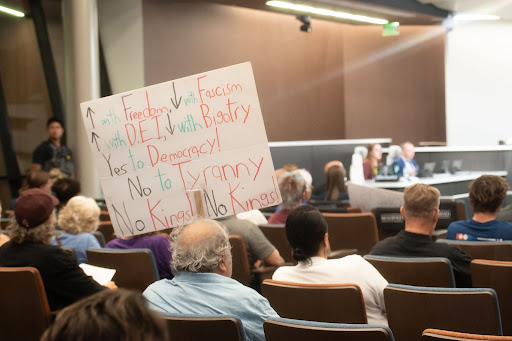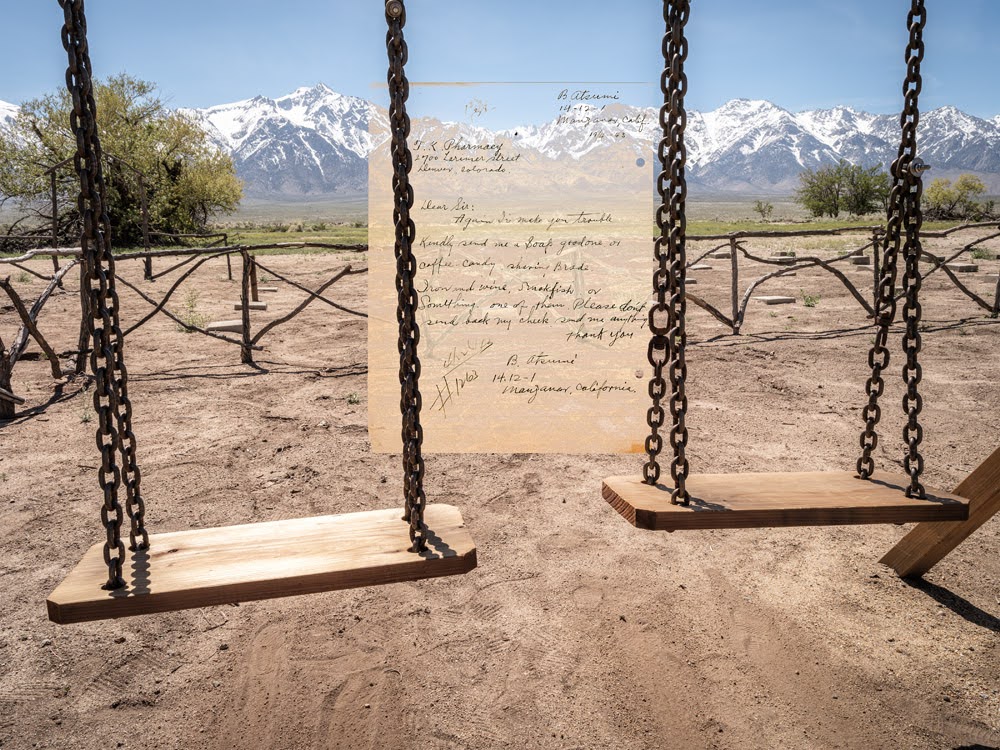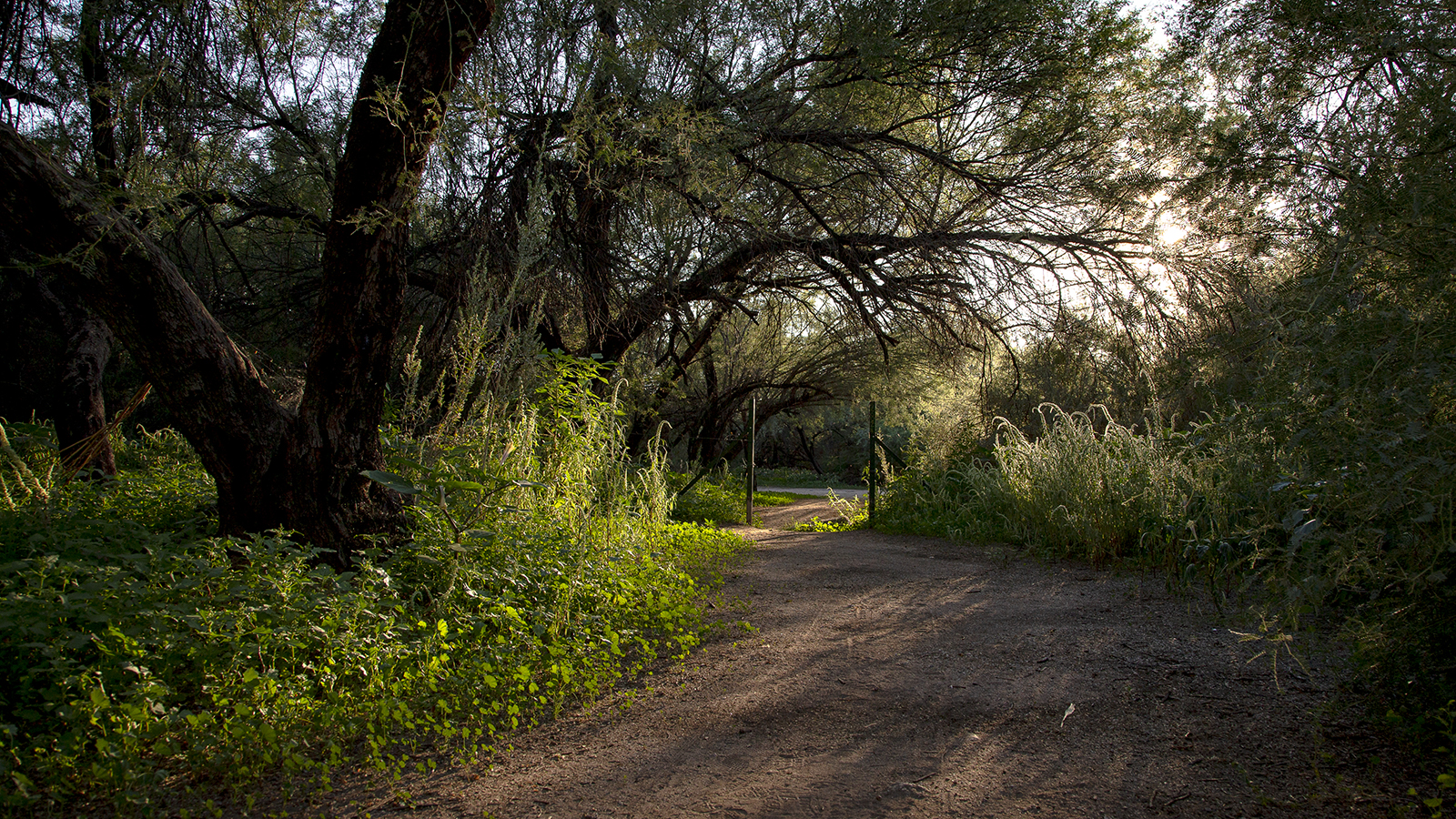The benefits and hidden dangers of 2021’s heavy monsoon season
This year’s heavy monsoon season is a reminder for how the increased rainfall can be exactly what we needed—but it brings negative effects as well.
In June, the drought situation reached dire levels. The Arizona Department of Water Resources declared over half the counties in the state were experiencing extreme or exceptional levels of drought, the highest level of drought on the scale.
As of August 31, and as storms continue to roll in, Arizona is dropping down the scale to moderate drought levels, with even more rain expected to fall throughout September.
“We were amazingly fortunate this summer to actually have some of the runoff from our rain events actually go into our reservoirs,” said Arizona’s state climatologist Erinanne Saffell.
While the rainfall is welcomed and necessary to keep Arizona’s ecosystems balanced, a more active monsoon season also brings dangers.
Summer monsoon rainfall is not like other precipitation; it falls quickly and aggressively. This type of rainfall does not allow for the ground to absorb as much water as it would if the rain were to occur over a longer period of time.
The rain mixed with Arizona’s arid land are all the ingredients for damaging flash floods that affect human infrastructure, and the same can be said about the wildlife who find themselves displaced from their homes.
There is also the potential risk of wildfires in the future.
“If we don’t get more moisture this winter, that vegetation, especially the fine fuel vegetation which is the grass and the brush… will dry out faster because it doesn’t hold a lot of moisture,” said Tiffany Davila, public affairs officer for the Arizona Department of Forestry and Fire Management.
To help mitigate the risk that comes with possible wildfires, Davila advised people to take precautions and create safer environments around their homes.
“Creating defensible space is as simple as reducing the amount of vegetation on your property, cutting back any dead or dying trees, keeping your grass watered and mowed, removing any vegetation from the rooftops or within the gutters, and taking all flammable materials away from your property,” said Davila.
Summer rainstorms are not Phoenix’s main source of precipitation; they only keep the ecosystem going until the fall and winter months where more controlled and consistent rainfall occurs. However, a La Niña is expected to occur later in the year, bringing dryness that will continue into the spring and summer for next year.
“Our summer precipitation is generally there to hopefully alleviate some of the issues with our soil conditions so we can recharge some of that soil moisture,” said Saffell.
Without the unusual rainfall, Arizona’s drought conditions could have become catastrophic.











